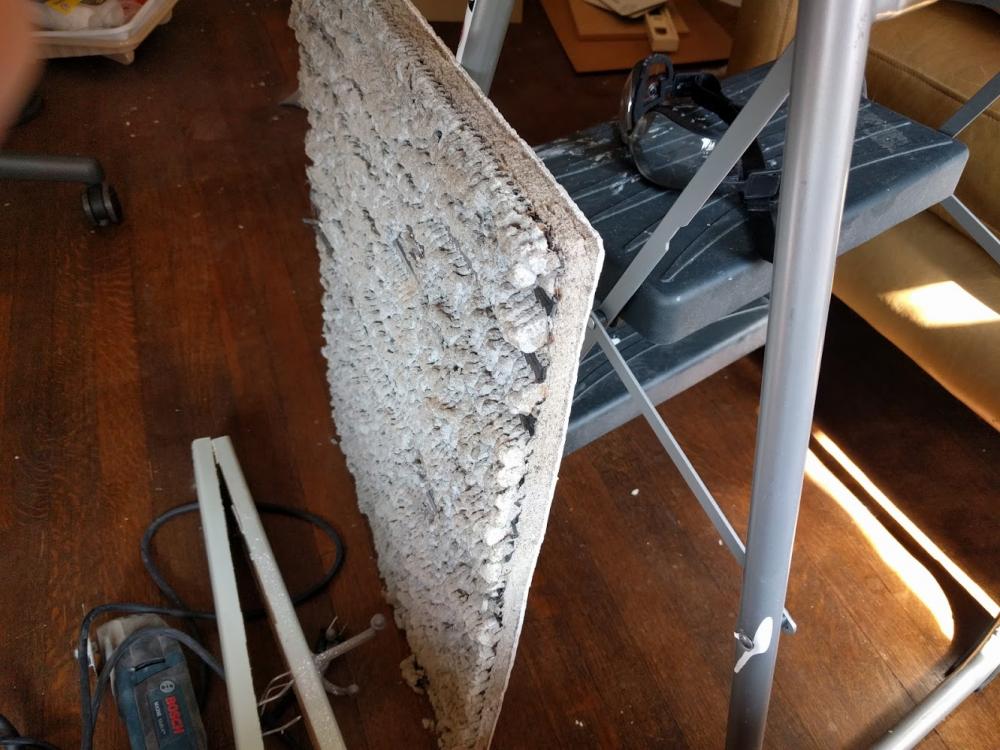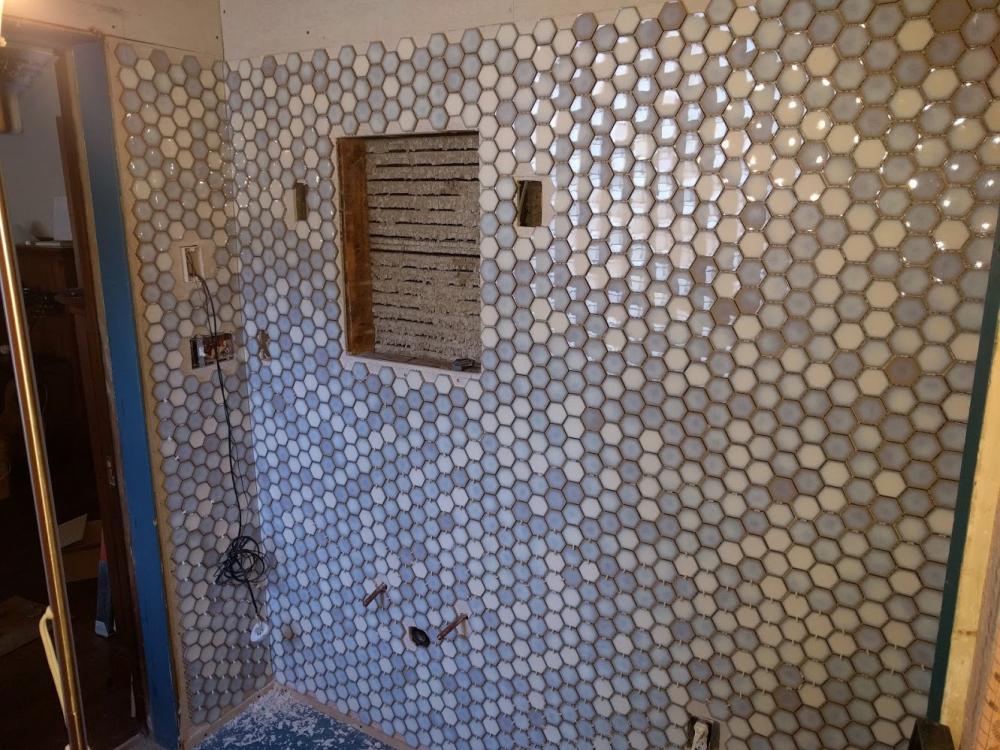-
Posts
4,755 -
Joined
-
Days Won
60
Content Type
Profiles
Forums
Events
Everything posted by dsavitsk
-
-
-
-
Sorry to hear the sad news.
-
Every single sentence of that is nonsense. And there is not a single citation to back up any of it.
-
How many rooms does he need sound in? A Sonos costs $200/room - that is surely cheaper than any solution involving wires, and in wall speakers, and a large HT receiver, etc.
-
Me? I'm the worst person to ask about this. I don't think there is a viable wireless solution for whole house audio that is worth investing in. Everything I have looked at seems unworkable in one way or another. But on the other hand I also am not sure I understand the desire to have it - I find ambient noise stressful. That said, someone content to use autoformers and mono will probably be thrilled by a Sonos system. Or an Alexa, or a Google Home.
-
I would scrap the whole thing. It's a sunk cost at this point, and not worth throwing good money after bad. Use those existing speaker wires as a pull to feed optical cable and run digital to every room. Or, probably better, scrap it entirely and run the digital wirelessly.
-
I didn't say anything about an output transformer If using a tube in the second position is a must, a higher gm tube instead of the 6080 would be my suggestion. The 6922 has about double the gm. 40 of them will get you close to the Z out of the IRF610 ... 4 of them will get you into the range where Senns seem to shine. It's a great way to learn. One interesting upside of the 6080 is that the mu is so low that if you use a small resistor plate load, the output impedance from the plate is effectively the same as from the cathode. That conceivably opens up some interesting circuit experimentation options unique to the tube.
-
In addition to a regulator for the PS, a CCS plate load for the first stage will decrease distortion, a CCS cathode load for the second stage will also decrease distortion, and using a MOSFET instead of the awful 6080 will decrease output impedance, lower noise, and decrease distortion. It will also allow you to eliminate the 6080 heater power supply which is the most likely source of noise, and the source of tons of heat that needs to be dealt with. A first stage biasing scheme that does not involve an RC filter will also do good things. While we're at it, a 6SN7 gives you too much gain for nearly every headphone out there. That means that you are attenuating and then amplifying, which is a source of both noise and distortion. There are a number of ways to lower gain - the easiest might be simply eliminating the cathode bypass cap (this also increases plate impedance, so whether it can drive HF into the next stage will be an issue, but it is probably fine, but it has the benefit of getting rid of that RC filter). You can also find a lower mu tube, or perhaps a pentode with a low impedance plate load to lower gain. Or you could use a step up transformer on the input. I've now replaced every part of your amp
-
250V refers to plate to cathode voltage. Because the tube is biased up by the preceding stage, the voltage across the tube is considerably lower than 250V. Even if Blackgates were better than other caps, and even if they are still good, a small regulator using about $4 in parts will sound better. On that note, there is a lot that can be done to improve the circuit with minimal effort/expense.
-
Did you know him by his crocs?
-
$1400 seems high for $80 worth of transformers. Doubtful. But even if there is, there will be considerably more across your head.
-
No pictures, but looking for something we'd never had, we went out for Nigerian food last weekend. It was very good.
-
There is nothing about that article that convinces me that the cloud is not just someone else's computer. Clearly it is bigger than mine, and more redundant. But everybody who makes that "joke" understands that. And contrary to the article, history suggests that scaling things up in size does not increase the attention to detail.
-
Steve and I cut a window out of the wall today so I can put in a ~12" deep medicine cabinet. In the process, we got a good look at the structure of the wall which is steel lath, about an inch of concrete, and then some plaster. Overall, a very messy experience. The wall ate my oscillating tool, but we got through with an angle grinder. The first pic shows the tile, and the wall before the cut (that's the existing hole from the old cabinet) the second is the piece we removed.
-
Those leads look awfully close to shorting.
-
Looks cool. But I've never understood why the solid state world threw out the inductor baby with the tube bathwater. Adding even a small choke to your filter will pay huge dividends on high frequency harshness that the bridges add, that the R-cores pass, and that those big caps do a poor job filtering out.
-
-
I think you'll be disappointing with them. Try the AlNiCo's instead - they feel more natural.
-
-
I wouldn't charge a penny over $3850
-
I don't know. I like Greene & Greene as much as the next guy*, but those seem a bit overworked. And they would not match many speakers in terms of design. * not really, actually
-
https://furnituremaker.com/portfolio-item/rafter-tail-speaker-stands/







